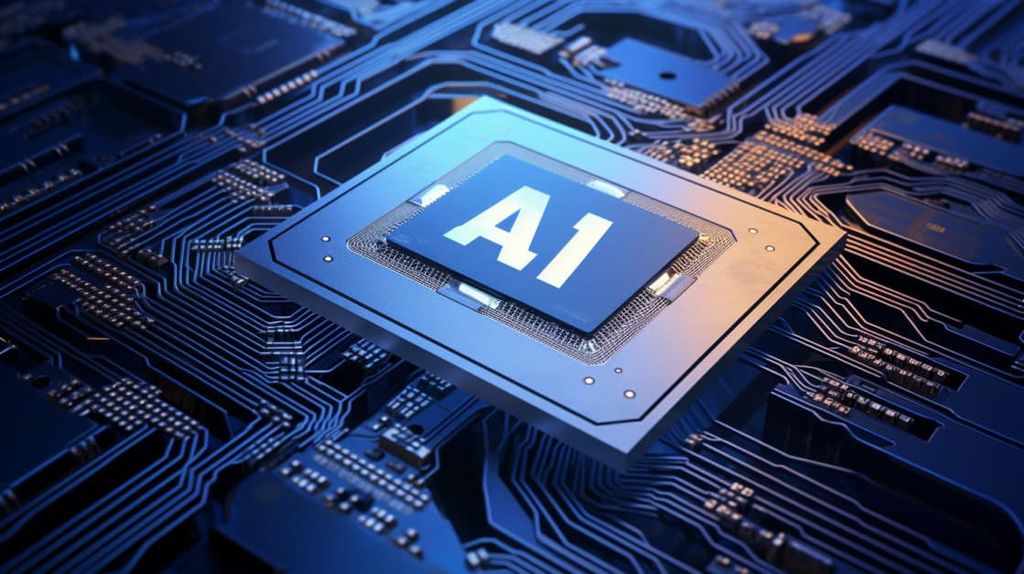Could AI-Focused GPUs and NPUs Redefine the Future of Computing?
In recent years, AI has become a driving force behind technology. From chatbots and generative AI to autonomous vehicles, AI is everywhere. But the software is only part of the story — the hardware running these AI models is evolving rapidly.
Traditionally, GPUs (graphics processing units) powered video games and rendering graphics. But researchers realized that GPUs excel at parallel processing, making them ideal for deep learning and neural network computations. Nvidia seized this opportunity, becoming the leading supplier of AI hardware.
Now, a new wave of AI-focused GPUs and NPUs (Neural Processing Units) is emerging. These chips are designed specifically for AI workloads, offering faster processing, lower energy consumption, and new possibilities that could redefine computing as we know it.
What Makes AI-Focused GPUs and NPUs Special?
Neural Processing Units (NPUs) are chips built from the ground up to accelerate AI. They are optimized for matrix operations, tensor computations, and neural network algorithms — tasks that form the backbone of machine learning.
Next-generation AI-focused GPUs go beyond traditional graphics. They include:
-
Tensor cores that speed up matrix calculations for deep learning.
-
High-bandwidth memory for faster access to massive datasets.
-
Low-precision computing modes (like FP16 or INT8) to run AI efficiently without losing accuracy.
-
Scalable architectures suitable for cloud, edge devices, or embedded AI applications.
Together, these innovations allow AI workloads to run faster, more efficiently, and at a larger scale than ever before.
Why AI-Focused Hardware Matters
Several trends are pushing the need for specialized AI chips:
-
Larger AI Models: Modern AI models, including large language models and generative AI, require immense computational power. Standard GPUs are no longer enough to meet these demands efficiently.
-
Energy Efficiency: AI processing consumes enormous energy. NPUs and AI-focused GPUs reduce power usage while maintaining performance.
-
Edge AI: AI is moving from data centers to devices — smartphones, drones, cameras, and IoT sensors. Specialized chips allow AI to run locally in real-time, without relying on cloud servers.
-
Competition and Innovation: AMD, Intel, Google, and startups are developing AI accelerators, creating alternatives to Nvidia and driving rapid technological progress.
This combination of efficiency, scalability, and specialization ensures that AI-focused hardware is not just a luxury but a necessity for the next era of computing.
Applications Transforming Industries
AI-focused GPUs and NPUs are already reshaping multiple sectors:
-
Generative AI: Accelerates training of large language models, text-to-image generation, and video synthesis.
-
Autonomous Vehicles: Processes real-time sensor data for navigation, object detection, and decision-making.
-
Healthcare: Speeds up medical imaging analysis, drug discovery, and predictive diagnostics.
-
Robotics: Enables real-time learning and adaptation in manufacturing, logistics, and service robots.
-
Edge Devices: Smartphones and IoT devices can perform AI tasks locally, from voice recognition to predictive maintenance.
By making AI faster, smarter, and more accessible, these chips are driving innovation in both research and everyday applications.
Challenging Nvidia’s Dominance
While Nvidia has led AI hardware for years, the landscape is becoming more competitive:
-
AMD is developing AI-optimized GPUs for high performance and efficiency.
-
Intel offers AI accelerators like Gaudi and Movidius NPUs for both cloud and edge computing.
-
Google deploys Tensor Processing Units (TPUs) for large-scale AI in the cloud.
-
Startups are creating specialized NPUs for niche applications, such as drones, autonomous vehicles, and medical devices.
This growing diversity ensures that AI computing is no longer dependent on a single vendor, which fuels innovation and choice.
The Future of AI Computing
Looking forward, AI-focused GPUs and NPUs will likely:
-
Boost energy efficiency: Processing AI models with less power for sustainable computing.
-
Handle larger AI models: Supporting neural networks with trillions of parameters.
-
Enable hybrid architectures: Combining CPUs, GPUs, and NPUs for optimal AI performance.
-
Expand AI at the edge: Smaller, specialized chips will bring real-time AI to everyday devices.
In short, the next generation of AI computing will depend as much on hardware as software. The chips that power AI may determine which applications are possible, how fast they run, and how widely they can be deployed.
The Bottom Line
Could AI-focused GPUs and NPUs redefine the future of computing? The answer is increasingly yes. By optimizing for AI workloads, these chips make computing faster, more efficient, and capable of handling larger, more complex models.
While Nvidia remains a market leader, new players and innovations are expanding the AI hardware ecosystem, ensuring a future where AI processing is faster, smarter, and more accessible than ever.
The real question isn’t just which AI software dominates — it’s which hardware can keep up with the intelligence we create. AI-focused GPUs and NPUs may be the key to answering that question.
Can This Alien-Looking Veggie Replace Your Favorite Snack? | Maya




